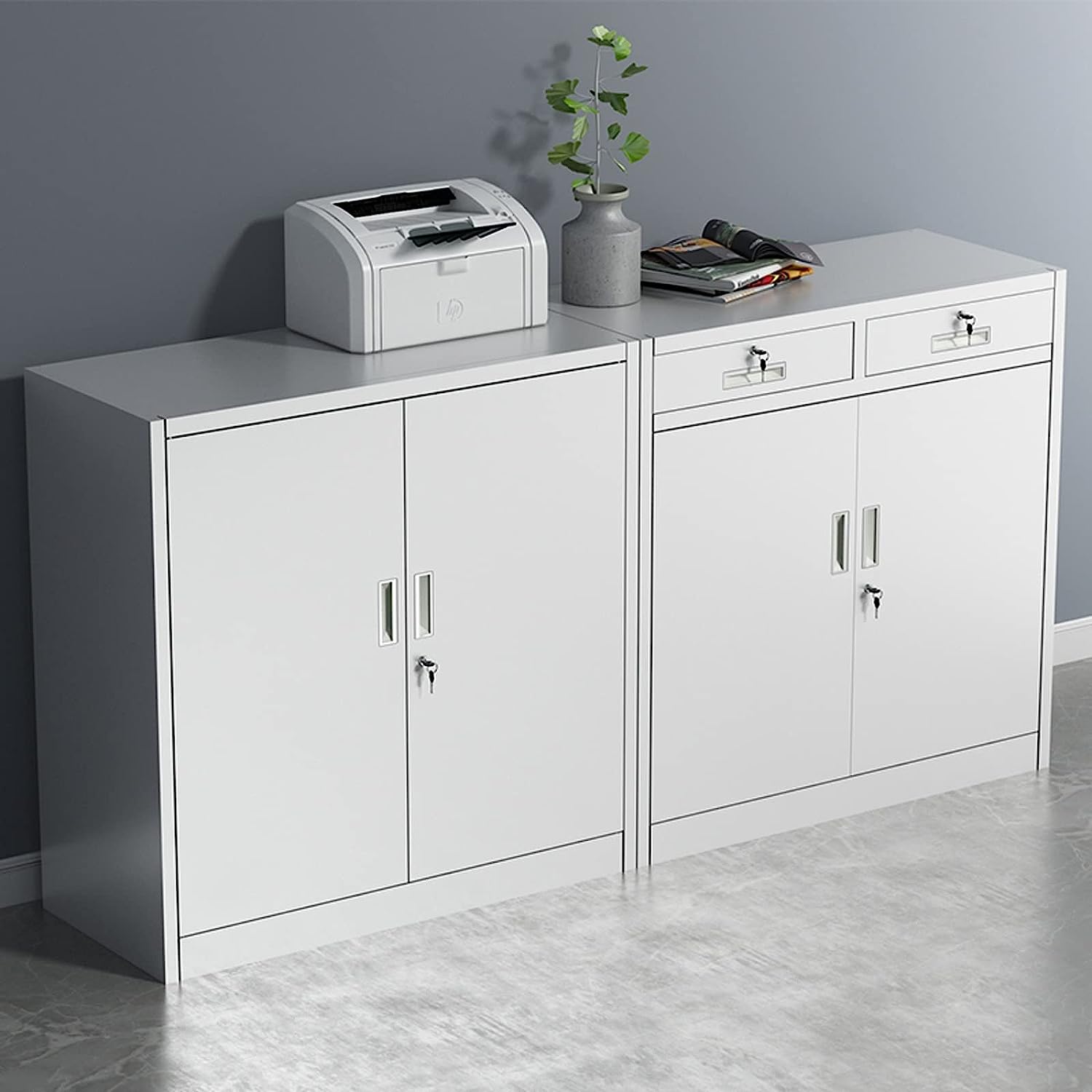

Articles
How To Pick A File Cabinet Lock
Modified: January 6, 2024
Looking for a secure solution to access your office storage? Learn how to pick a file cabinet lock with our step-by-step guide. Secure your files with ease!
(Many of the links in this article redirect to a specific reviewed product. Your purchase of these products through affiliate links helps to generate commission for Storables.com, at no extra cost. Learn more)
Introduction
Have you ever found yourself in a situation where you accidentally misplaced the key to your file cabinet? Or perhaps you’ve inherited a file cabinet that came without a key? Whatever the case may be, the frustration of not being able to access important documents can be overwhelming. Fortunately, there is a solution: picking a file cabinet lock.
Picking a file cabinet lock may sound like a daunting task, especially if you have no prior experience in locksmithing. However, with a bit of knowledge and the right tools, you can successfully pick a file cabinet lock and regain access to your files.
In this article, we will guide you through the process of picking a file cabinet lock. We will cover the basic understanding of file cabinet locks, the tools you’ll need, and various techniques you can use to successfully unlock the cabinet.
Before we begin, it’s worth mentioning that picking a file cabinet lock should only be done for legitimate reasons. If you don’t have permission to access the cabinet or if you are attempting to pick a lock that is not your own, you could be breaking the law. Always ensure you have proper authorization before attempting to pick a lock.
Now that the legalities are clear, let’s dive into the fascinating world of file cabinet locks and learn how to pick them!
Key Takeaways:
- Understanding the inner workings of file cabinet locks and the essential tools needed for lock picking is crucial. Assessing the lock’s type, keyway, and condition before employing techniques like using a screwdriver, paperclip, or lock pick set can increase the chances of successful lock picking.
- When picking a file cabinet lock, practice, patience, and legal responsibility are key. Starting with simpler locks, using proper tension, and seeking professional help when needed can enhance lock picking skills while ensuring compliance with legal boundaries.
Read more: How To Replace File Cabinet Lock
Understanding File Cabinet Locks
Before delving into the techniques for picking a file cabinet lock, it’s important to understand the basic components of these locks. Most file cabinet locks operate using a pin tumbler mechanism, similar to the locks used in doors.
A pin tumbler lock consists of a series of pins that are housed within a cylindrical plug. The plug is attached to a cam or a lever mechanism that controls the movement of the lock’s bolt.
Each pin within the lock consists of two parts: the driver pin and the key pin. The driver pin is located above the shear line, while the key pin is located below it. When the key is inserted into the lock, the cuts on the key align the key pins with the shear line, allowing the plug to rotate and the lock to be opened.
Understanding the inner workings of a file cabinet lock will enable you to better grasp the picking techniques that we will discuss later on. It will also help you to visualize the process as you manipulate the pins to gain access to the lock.
Keep in mind that different file cabinets may have variations in their lock designs, so it’s important to familiarize yourself with the specific type of lock you are dealing with. Some may use wafer locks or disc detainer locks, for example. However, most file cabinets you encounter will likely have standard pin tumbler locks.
Now that we’ve covered the basics of file cabinet locks, let’s move on to the essential tools you will need to successfully pick a lock.
Tools Needed
When it comes to picking a file cabinet lock, having the right tools is crucial. The following are the essential tools you will need:
- Tension wrench: This tool is used to apply rotational force to the lock’s plug. It creates tension, mimicking the action of a key trying to turn the lock.
- Lock pick: A lock pick is a thin, metal tool that is used to manipulate the pins within the lock. There are various types of lock picks, including hook picks, rake picks, and diamond picks. It’s recommended to have a few different types in your tool kit to accommodate different lock designs.
- Paperclip or bobby pin (optional): In a pinch, a paperclip or bobby pin can be used as a makeshift lock pick if you don’t have professional lock picks readily available. While not as effective as dedicated lock picks, they can still be used to pick simpler locks.
- Light source: Picking a lock requires precision and a clear view of the lock’s components. Having a small flashlight or headlamp on hand can greatly assist you in seeing what you’re doing.
It’s worth noting that while it is possible to pick a file cabinet lock using improvised tools or household items, using professional-grade lock picking tools will yield better results. They are specifically designed for the task and provide better control and precision.
Now that we have the necessary tools, let’s move on to the next step: assessing the lock.
Assessing the Lock
Before attempting to pick a file cabinet lock, it’s important to assess the lock and gather important information about its condition and characteristics. This will help you choose the most appropriate picking technique and increase your chances of success.
Here are a few key factors to consider when assessing the lock:
- Type of lock: Determine the type of lock mechanism used in your file cabinet. As mentioned earlier, most file cabinets use pin tumbler locks, but there may be variations in design. Knowing the specific type of lock will help you choose the right picking technique and tools.
- Keyway: The keyway refers to the shape and size of the keyhole in the lock. Different file cabinets may have different keyways, so it’s important to identify the keyway of your lock. This information will be useful when selecting compatible lock picks.
- Number of pins: Find out the number of pins within the lock. Standard pin tumbler locks typically have between four to seven pins, but there may be variations. Knowing the number of pins will give you an idea of the complexity of the lock and help you choose the appropriate lock picking tools.
- Lock condition: Assess the condition of the lock. Check for any signs of damage, rust, or excessive wear and tear. A well-maintained lock will be easier to pick compared to a damaged or deteriorated one.
By taking the time to assess the lock, you will be able to make informed decisions regarding the picking technique and tools to use. Understanding the lock’s characteristics will give you a better chance of successfully picking the file cabinet lock.
Now that you’ve assessed the lock, it’s time to learn the different techniques you can use to pick it. In the following sections, we will discuss three popular methods: using a screwdriver, using a paperclip, and using a dedicated lock pick set.
Picking Techniques
When it comes to picking a file cabinet lock, there are several techniques you can employ. Each technique has its own advantages and may work better for certain lock types or personal preferences. Here, we will explore three commonly used techniques: using a screwdriver, using a paperclip, and using a dedicated lock pick set.
Read more: How To Remove A Lock From A File Cabinet
Using a Screwdriver
One of the simplest techniques for picking a file cabinet lock involves using a small screwdriver as a makeshift lock pick. This method is best suited for locks with fewer pins or simpler designs.
To use this technique, you will need a small flat-head screwdriver or an eyeglass flat-head screwdriver. Insert the screwdriver into the keyway, applying gentle turning pressure in the same direction you would with a key. While maintaining tension, carefully lift and manipulate the pins one by one until they align and the lock turns.
Note that this technique may be challenging for more complex locks with harder-to-reach pins, but it’s worth a try if you have a simpler lock and lack professional lock picking tools.
Using a Paperclip
If you don’t have access to professional lock picks, a paperclip can be used as a makeshift lock pick in a pinch. This method works best for simple or older file cabinet locks.
To use a paperclip, straighten it out and bend one end to create a hook shape. Insert the hooked end into the keyway and apply a slight upward pressure while gently turning the paperclip. Use the hook to lift and manipulate the pins until they align and the lock opens.
Keep in mind that using a paperclip may require more patience and finesse compared to using dedicated lock picks. The lack of precision and control may make it more challenging to pick complex locks successfully.
Using a Lock Pick Set
The most effective and reliable method for picking a file cabinet lock is by using a dedicated lock pick set. These sets are specifically designed for picking locks and offer a variety of picks to accommodate different keyways and lock designs.
Start by inserting the tension wrench into the bottom of the keyway, applying slight pressure in the direction you would turn a key. With the tension applied, use the appropriate lock pick from your set to lift and manipulate each pin until they align with the shear line. As you manipulate the pins, you should feel some give in the tension wrench, indicating that the lock is nearing the unlocked position. Continue this process until all pins are set, and the lock turns.
Lock pick sets provide better control, precision, and versatility compared to improvised tools. If you plan on picking locks frequently, investing in a quality lock pick set is highly recommended.
Remember, practice is essential for mastering lock picking techniques. Regular practice will improve your skills and make the process smoother and more efficient.
In the next sections, we will explore the step-by-step procedures for each of these techniques in more detail.
Using a Screwdriver
One of the simplest techniques for picking a file cabinet lock involves using a small screwdriver as a makeshift lock pick. This method is best suited for locks with fewer pins or simpler designs.
Here’s a step-by-step guide on using a screwdriver to pick a file cabinet lock:
- Find a small flat-head screwdriver or an eyeglass flat-head screwdriver that fits comfortably into the keyway of the lock.
- Insert the screwdriver into the keyway, ensuring it is fully inserted.
- Apply gentle turning pressure in the same direction you would with a key. This pressure will create tension, mimicking the action of a key trying to turn the lock.
- While maintaining the tension, carefully lift and manipulate the pins one by one using the tip of the screwdriver.
- As you lift the pins, pay close attention to the feedback you receive. You may feel a slight click or movement when a pin sets properly in the lock.
- Continue this process of lifting and manipulating the pins until all of them align and the plug of the lock rotates.
- The lock should now be successfully picked, and you can turn the handle or knob to open the file cabinet.
Note that this technique may be challenging for more complex locks with harder-to-reach pins or tight spaces within the keyway. It is best suited for locks with only a few pins or simpler designs.
Keep in mind that using a screwdriver as a lock pick requires patience, practice, and a good understanding of how locks work. It is always recommended to have proper authorization before attempting to pick a lock, as unauthorized lock picking can be illegal.
In the next section, we will explore another technique using a paperclip as a makeshift lock pick.
Read more: How To Organize Filing Cabinet
Using a Paperclip
If you don’t have access to professional lock picks, a paperclip can be used as a makeshift lock pick in a pinch. This method works best for simple or older file cabinet locks.
Here’s a step-by-step guide on using a paperclip to pick a file cabinet lock:
- Take a paperclip and unfold it to create a straight piece of wire.
- Bend one end of the paperclip to create a small hook shape. This will serve as the picking end.
- Insert the hooked end of the paperclip into the keyway of the lock.
- Apply a slight upward pressure using the paperclip while gently turning it in the direction you would turn a key.
- With the pressure applied, use the hook of the paperclip to lift and manipulate each pin within the lock.
- As you manipulate the pins, pay attention to any feedback such as clicks or slight movements. This indicates that a pin has set properly.
- Continue lifting and manipulating the pins until each pin aligns with the shear line. This will allow the plug to rotate.
- Once all pins are set, the lock should release, and you can turn the handle or knob to open the file cabinet.
It’s important to note that using a paperclip as a lock pick may require more patience and finesse compared to using dedicated lock picks. The lack of precision and control may make it more challenging to pick complex locks successfully.
Remember, this method is intended for emergency situations when professional lock picks are not available. It’s always recommended to have proper authorization before attempting to pick a lock, as unauthorized lock picking can be illegal.
In the next section, we will explore using a dedicated lock pick set, which provides better control and versatility for picking file cabinet locks.
When picking a file cabinet lock, use a tension wrench to apply pressure to the lock while using a pick tool to manipulate the pins. Start with light pressure and gradually increase as needed.
Using a Lock Pick Set
The most effective and reliable method for picking a file cabinet lock is by using a dedicated lock pick set. These sets are specifically designed for picking locks and offer a variety of picks to accommodate different keyways and lock designs.
Here’s a step-by-step guide on using a lock pick set to pick a file cabinet lock:
- Select the appropriate lock picks from your set based on the keyway and lock type of your file cabinet. Common picks include hook picks, rake picks, and diamond picks.
- Insert the tension wrench into the bottom of the keyway, applying slight rotational force in the direction you would turn a key.
- While maintaining tension with the wrench, carefully insert the chosen lock pick into the keyway, reaching towards the back of the lock.
- Feel for the pins within the lock and start lifting them one by one using the tip of the lock pick. Apply gentle upward pressure to manipulate the pins.
- As you lift the pins, pay close attention to any feedback such as clicks or subtle movements. This indicates that a pin has properly set.
- Continue the process of lifting and manipulating the pins until all pins align with the shear line.
- As each pin sets, you should notice increased rotation in the plug of the lock.
- Once all pins are set, the plug will fully rotate, and you can turn the handle or knob to open the file cabinet.
Using a lock pick set provides better control, precision, and versatility compared to improvised tools. The variety of picks allows you to adapt to different lock designs and increase your chances of successfully picking the lock.
It’s important to note that lock picking requires practice and a good understanding of lock mechanisms. Regular practice with your lock pick set will improve your skills, making the process smoother and more efficient.
Remember, always have proper authorization before attempting to pick a lock. Unauthorized lock picking can be illegal and is only recommended for legitimate situations where you have permission to access the file cabinet.
In the next section, we will explore additional tips and considerations for picking a file cabinet lock.
Additional Tips and Considerations
When picking a file cabinet lock, there are some additional tips and considerations that can help improve your success rate and ensure a smoother process. Here are a few key points to keep in mind:
- Practice makes perfect: Lock picking is a skill that requires practice to master. Set aside time to practice on different locks and become familiar with the techniques and tools.
- Use proper tension: The tension wrench is crucial in lock picking. Apply consistent, gentle rotational force while maintaining tension throughout the picking process. Experiment with different tension levels to find the right amount for each lock.
- Start with simpler locks: If you’re new to lock picking, begin with simpler locks before progressing to more complex ones. This will allow you to build your skills and confidence gradually.
- Patience is key: Picking a lock can be a delicate and time-consuming process. Be patient and focus on manipulating each pin carefully. Rushing can lead to mistakes and frustration.
- Inspect the lock: Before picking, inspect the lock for any signs of damage, rust, or debris. Clean the lock if necessary, as a well-maintained lock is easier to pick.
- Document the process: If you’re learning, take notes or record videos of your lock picking sessions. This can be helpful for reviewing your technique and identifying areas for improvement.
- Stay legal: Always ensure you have proper authorization before attempting to pick a lock. Unauthorized lock picking can be illegal and may result in legal consequences.
- Seek professional help if needed: If you encounter a particularly difficult or high-security lock, it’s best to enlist the help of a professional locksmith. They have the expertise and specialized tools to handle complex locks.
By following these tips and considerations, you can increase your chances of successfully picking a file cabinet lock while honing your lock picking skills.
To conclude, picking a file cabinet lock can be a rewarding yet challenging endeavor. With the right knowledge, tools, and practice, you can regain access to your files in a legal and efficient manner.
Remember, always have proper authorization and use your lock picking skills responsibly. Happy picking!
Conclusion
Picking a file cabinet lock may seem like a daunting task, but with the right knowledge and tools, it can be successfully accomplished. In this article, we have explored various techniques for picking a file cabinet lock, including using a screwdriver, a paperclip, and a dedicated lock pick set.
We began by gaining an understanding of file cabinet locks and the basic components that make up the locking mechanism. We then discussed the essential tools needed for the task, including a tension wrench, lock picks, and a light source.
Next, we learned how to assess the lock by considering factors such as the type of lock, keyway, number of pins, and lock condition. This information helps in selecting the appropriate picking technique and tools.
We explored three popular techniques for picking file cabinet locks: using a screwdriver, using a paperclip, and using a lock pick set. Each technique offers its own advantages and is suited for different types of locks.
Throughout the process, we emphasized the importance of practice, patience, and understanding the legal boundaries of lock picking. It is essential to have proper authorization and avoid engaging in unauthorized activities.
Lastly, we provided additional tips and considerations to enhance your lock picking experience, such as starting with simpler locks, maintaining proper tension, documenting your progress, and seeking professional help when needed.
Remember, the purpose of picking a file cabinet lock should always be legitimate and in accordance with the law. Exercise caution and respect the privacy and security of others.
By using the knowledge and techniques shared in this article, you can confidently and responsibly pick a file cabinet lock when necessary. Always stay within legal boundaries, obtain proper authorization, and prioritize the protection of personal and confidential information.
Happy lock picking!
Frequently Asked Questions about How To Pick A File Cabinet Lock
Was this page helpful?
At Storables.com, we guarantee accurate and reliable information. Our content, validated by Expert Board Contributors, is crafted following stringent Editorial Policies. We're committed to providing you with well-researched, expert-backed insights for all your informational needs.
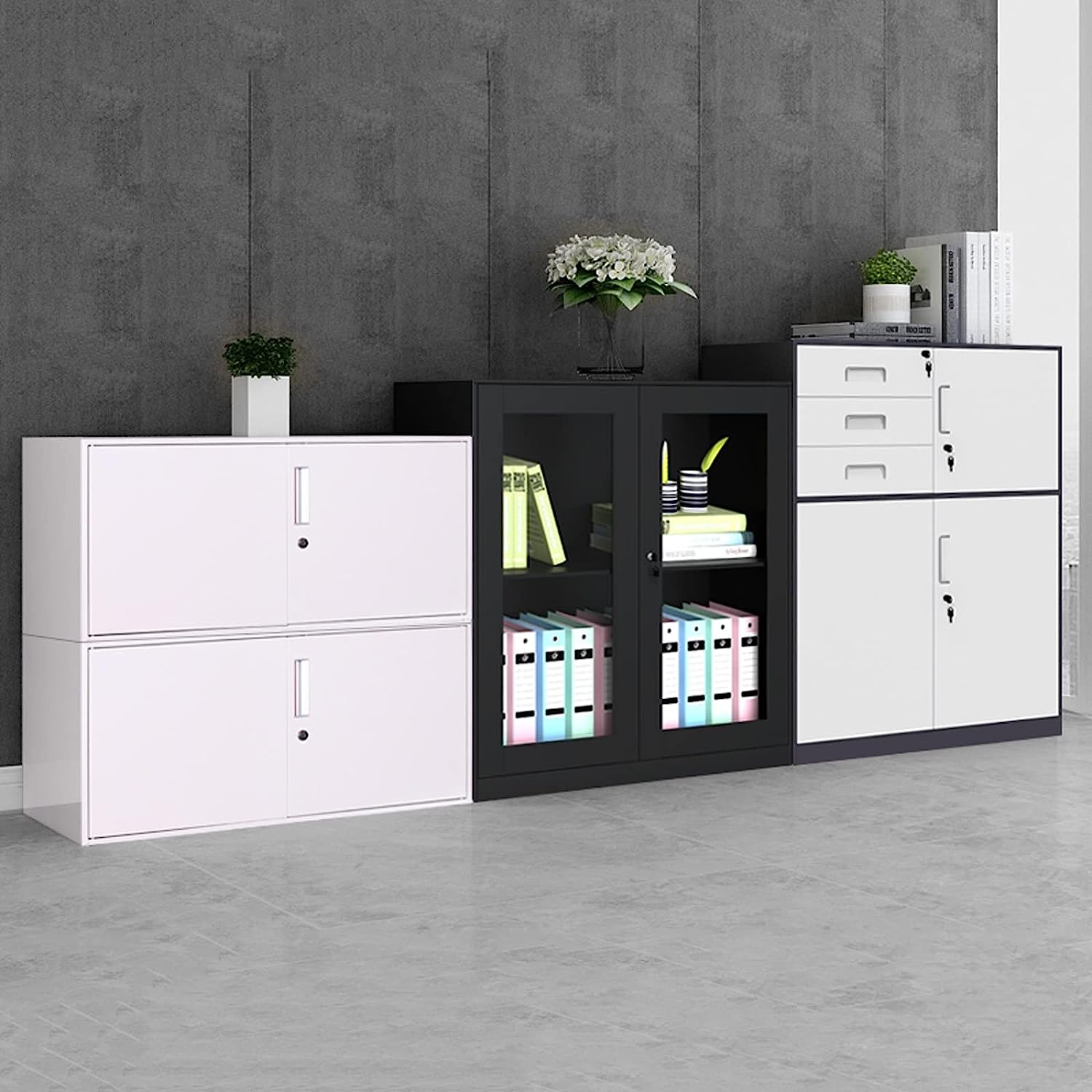

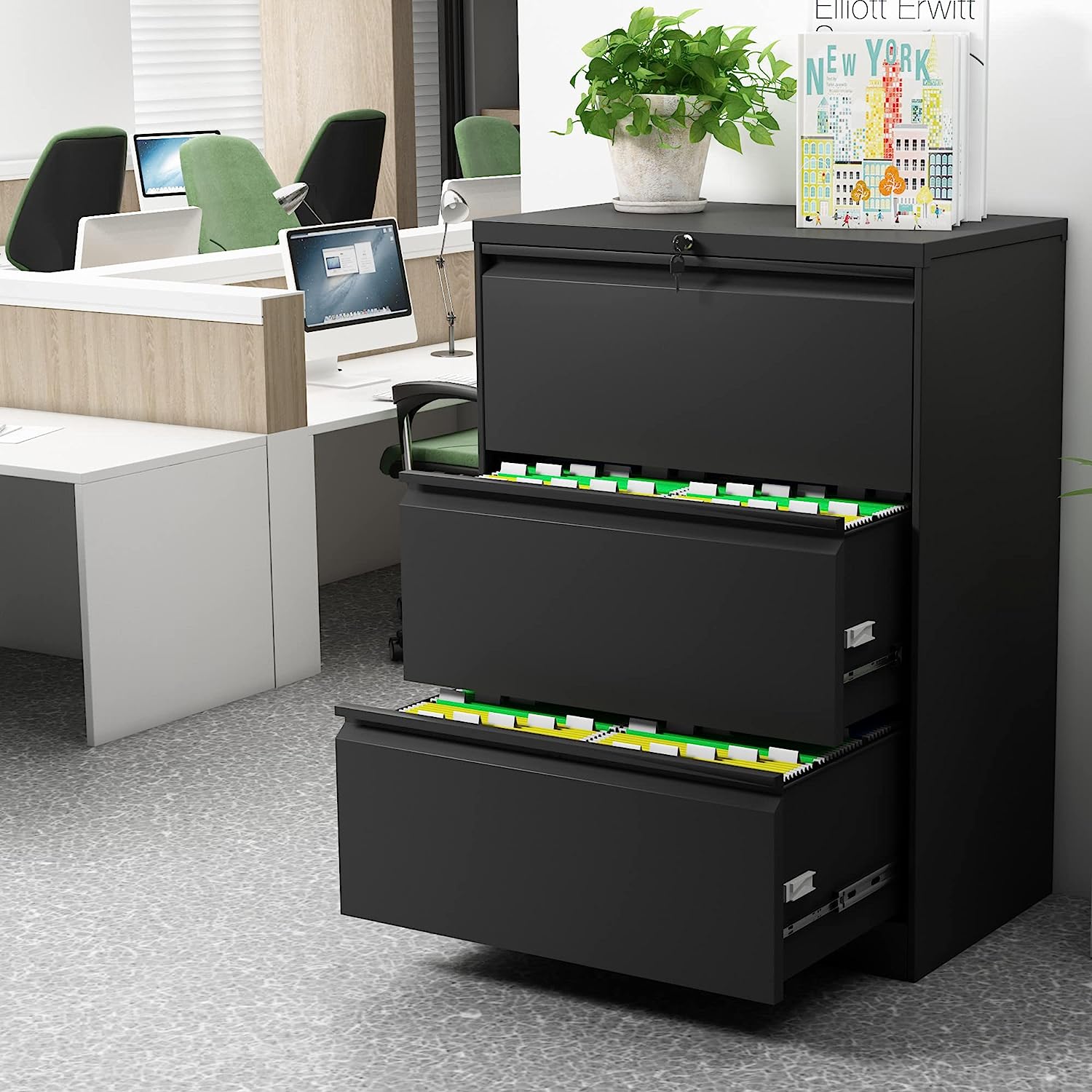
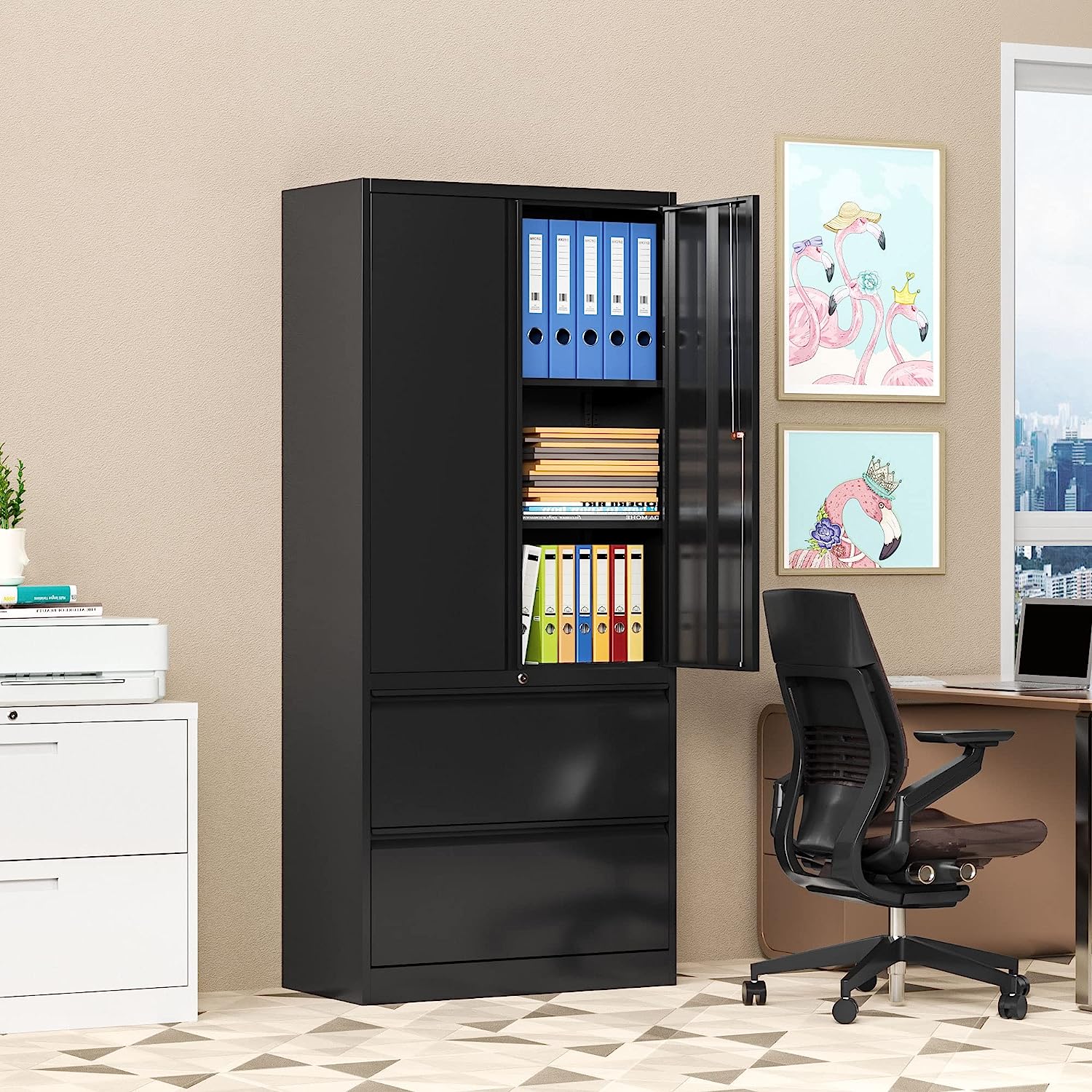

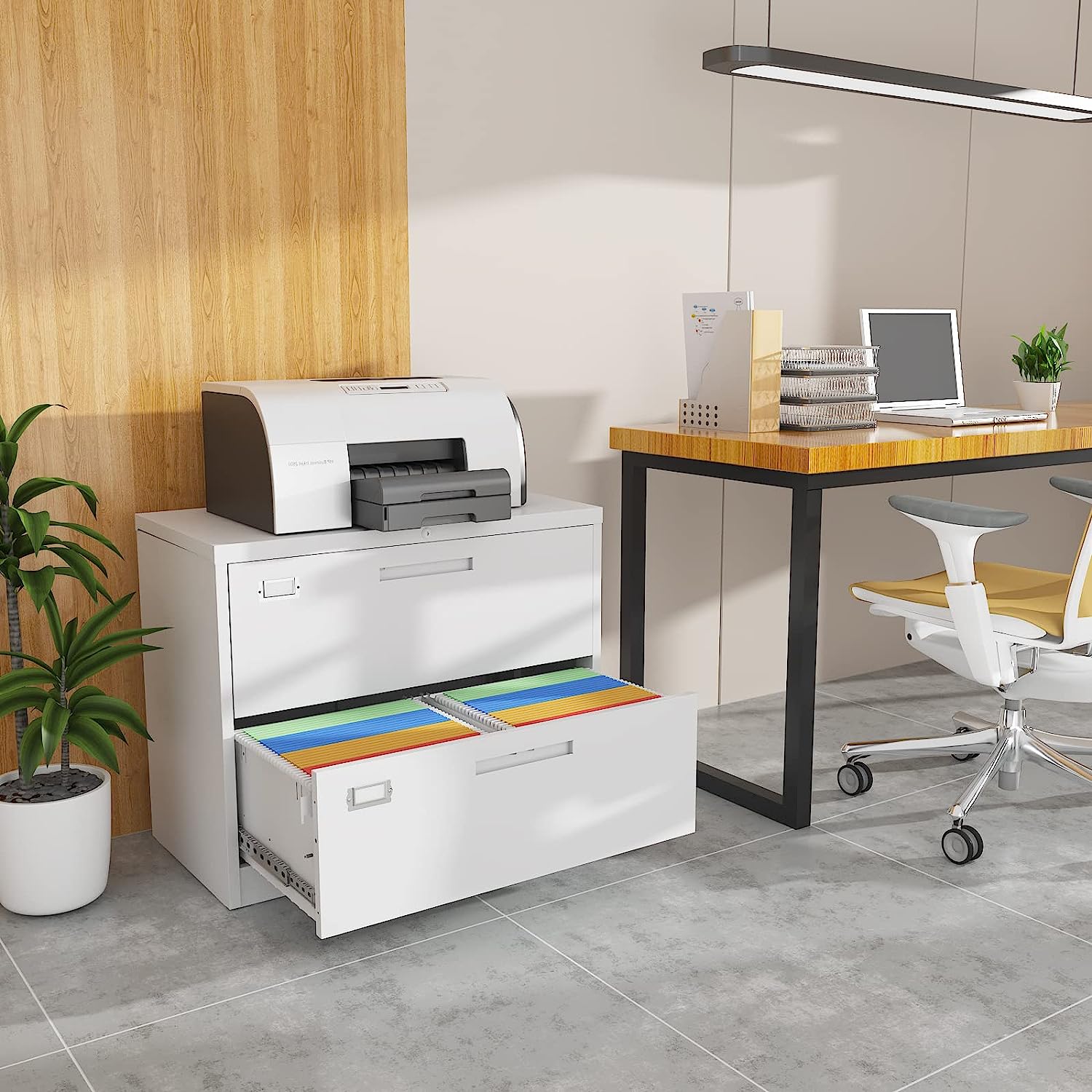

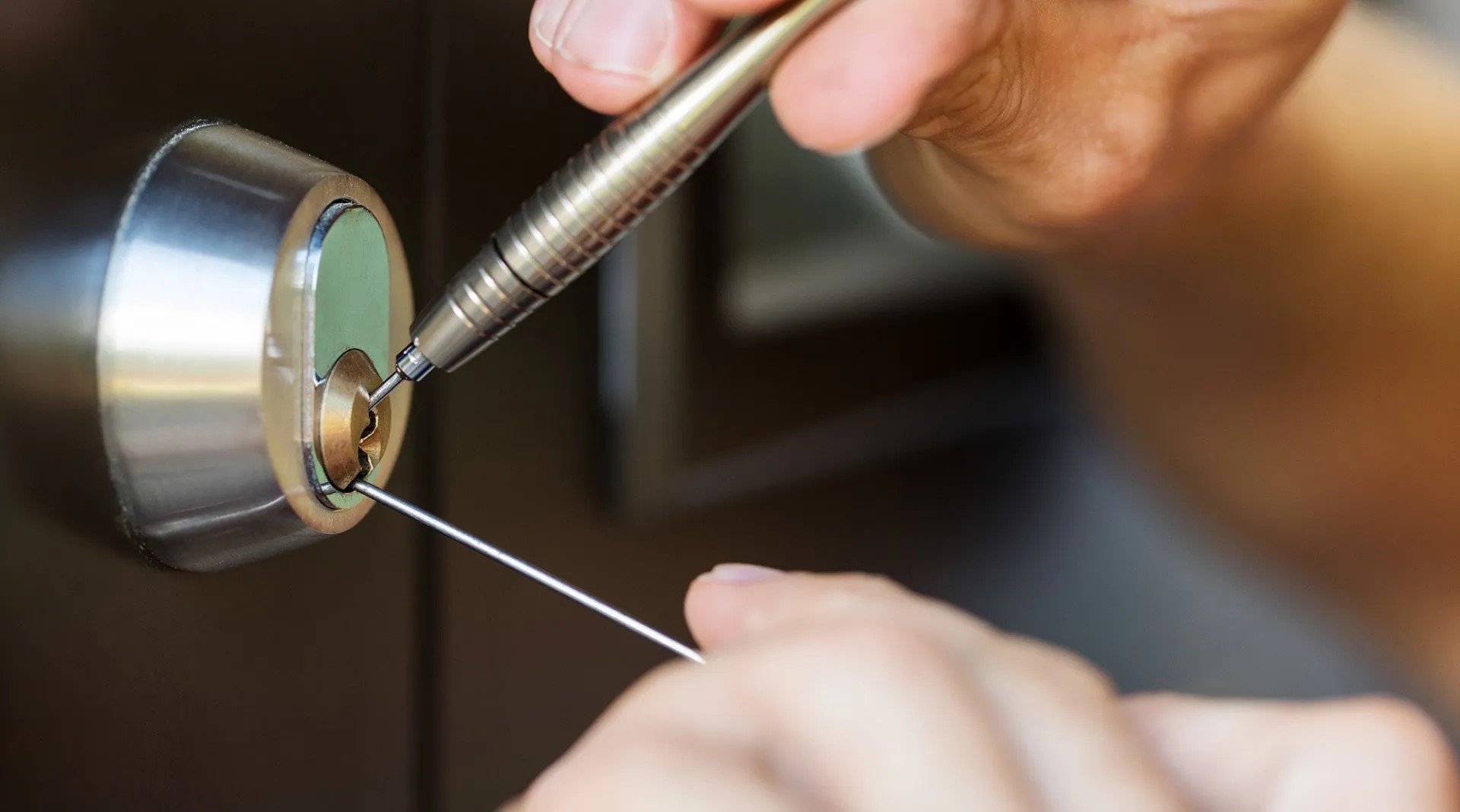
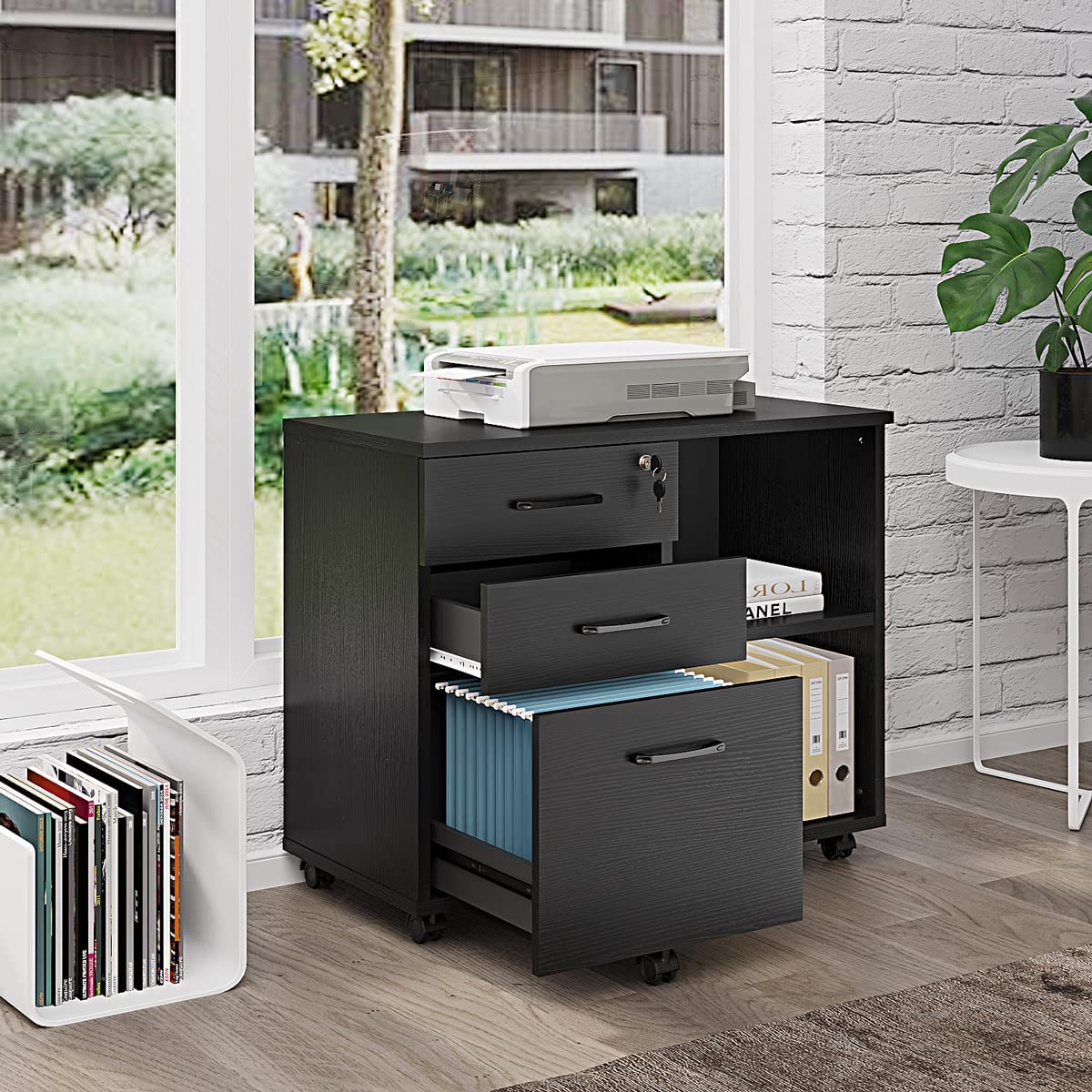
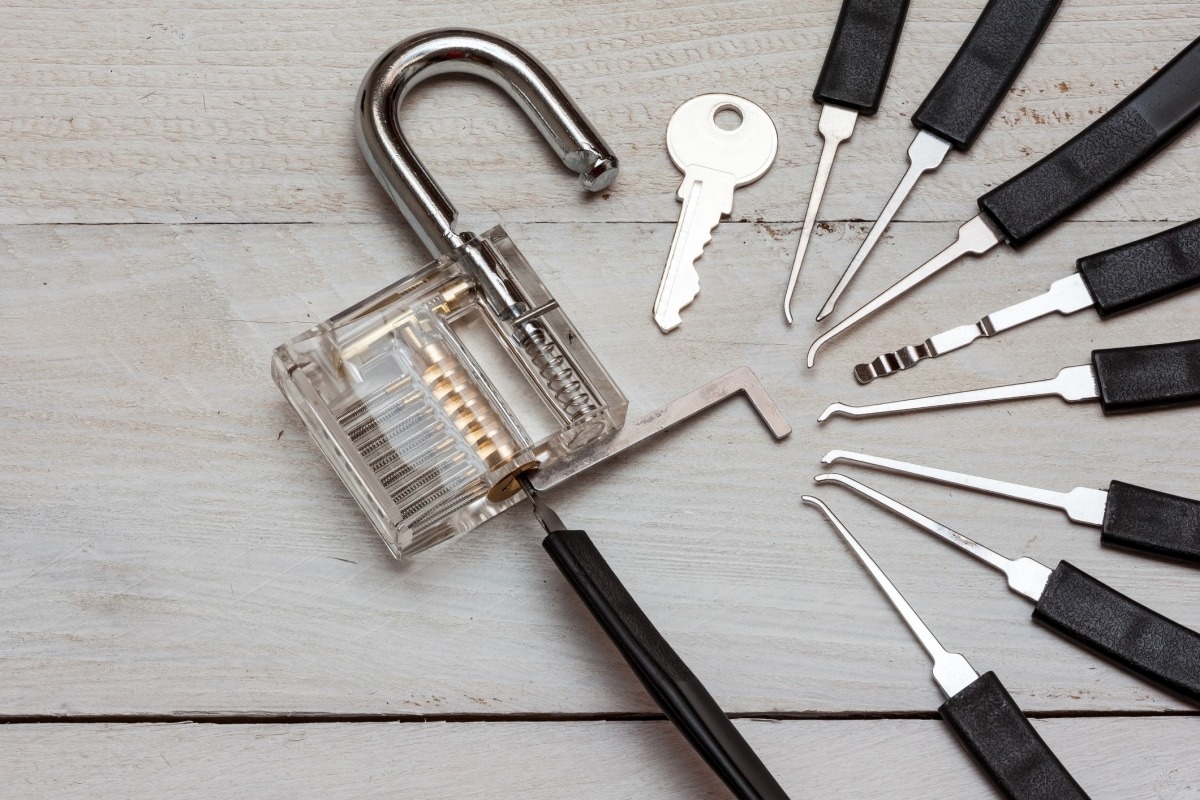
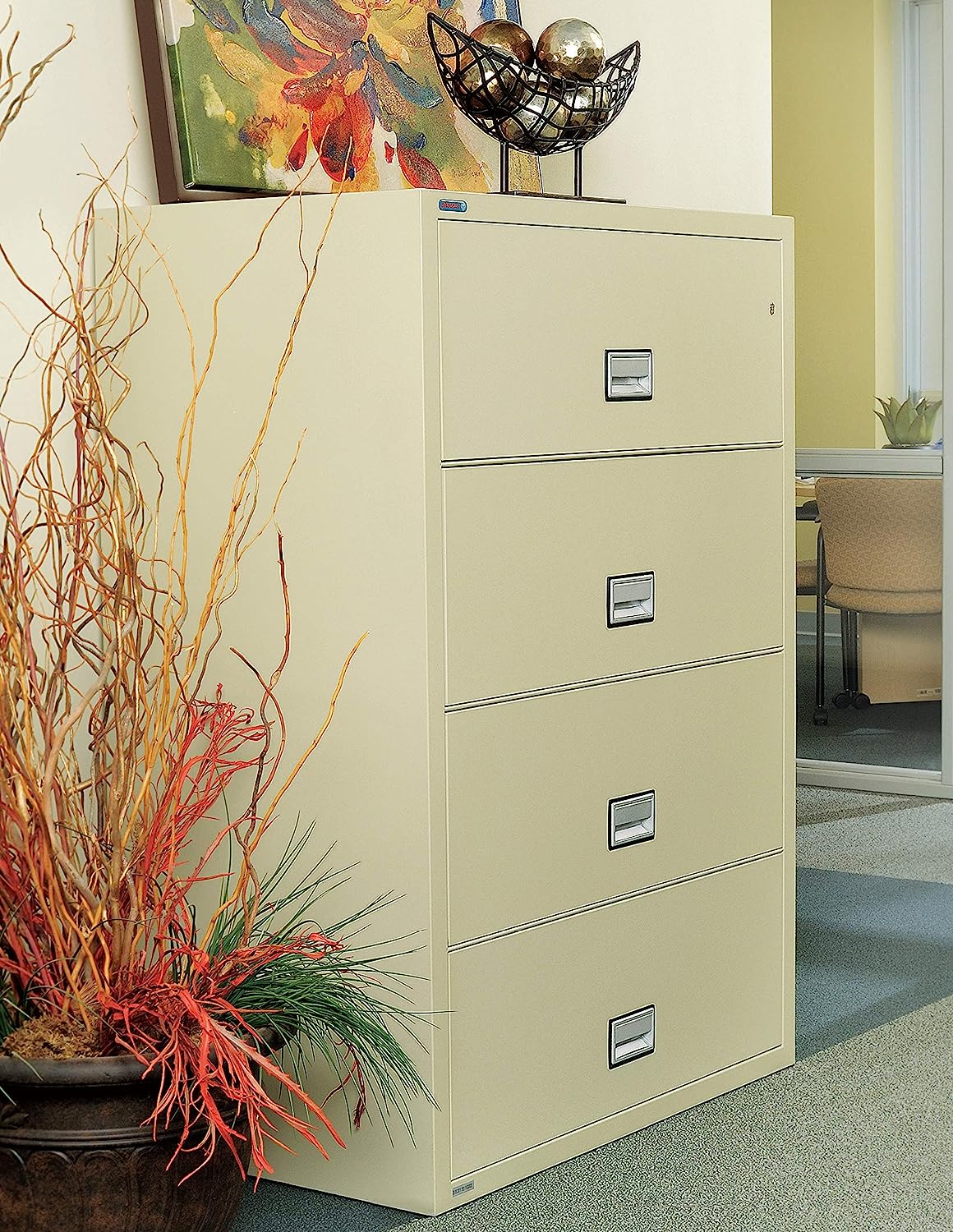
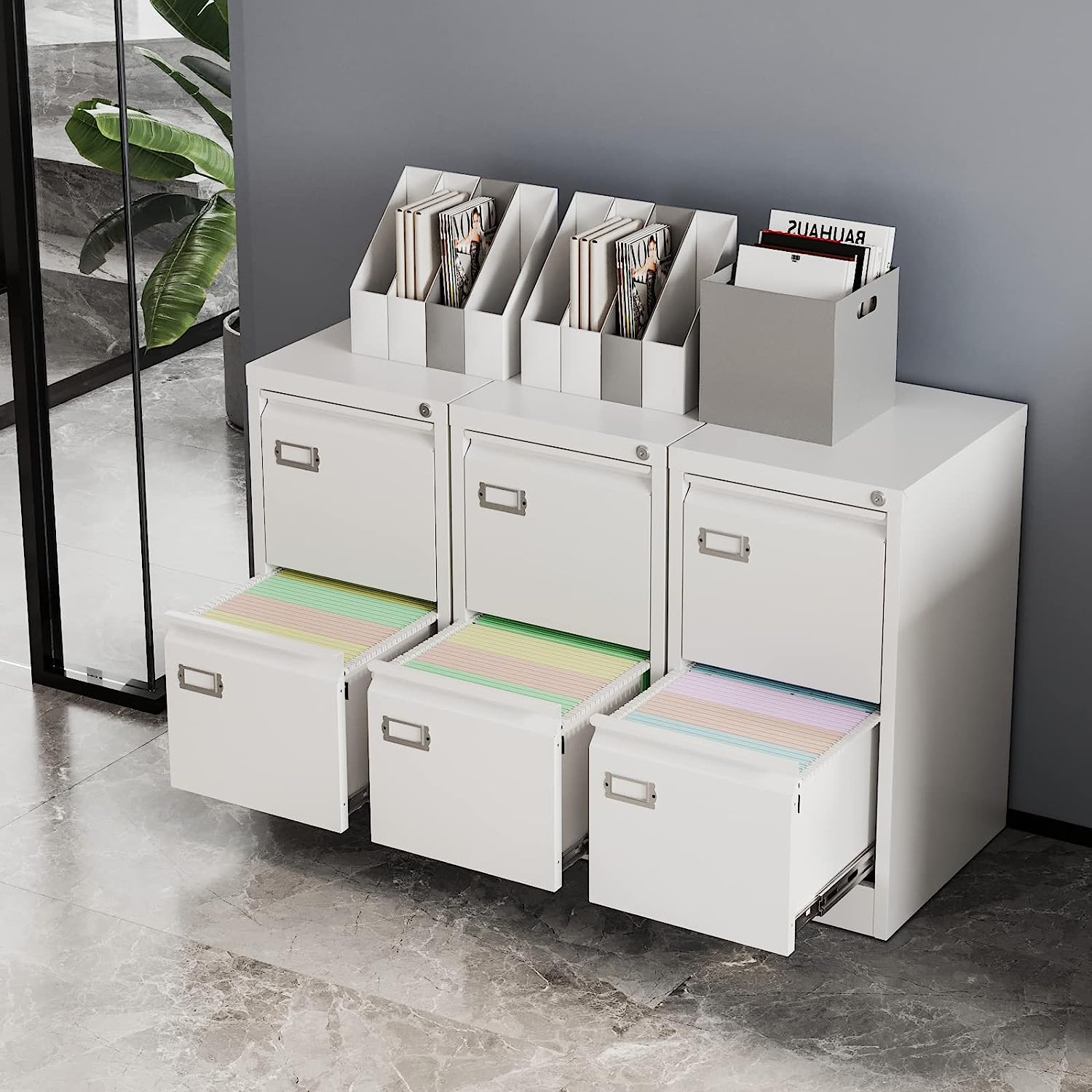
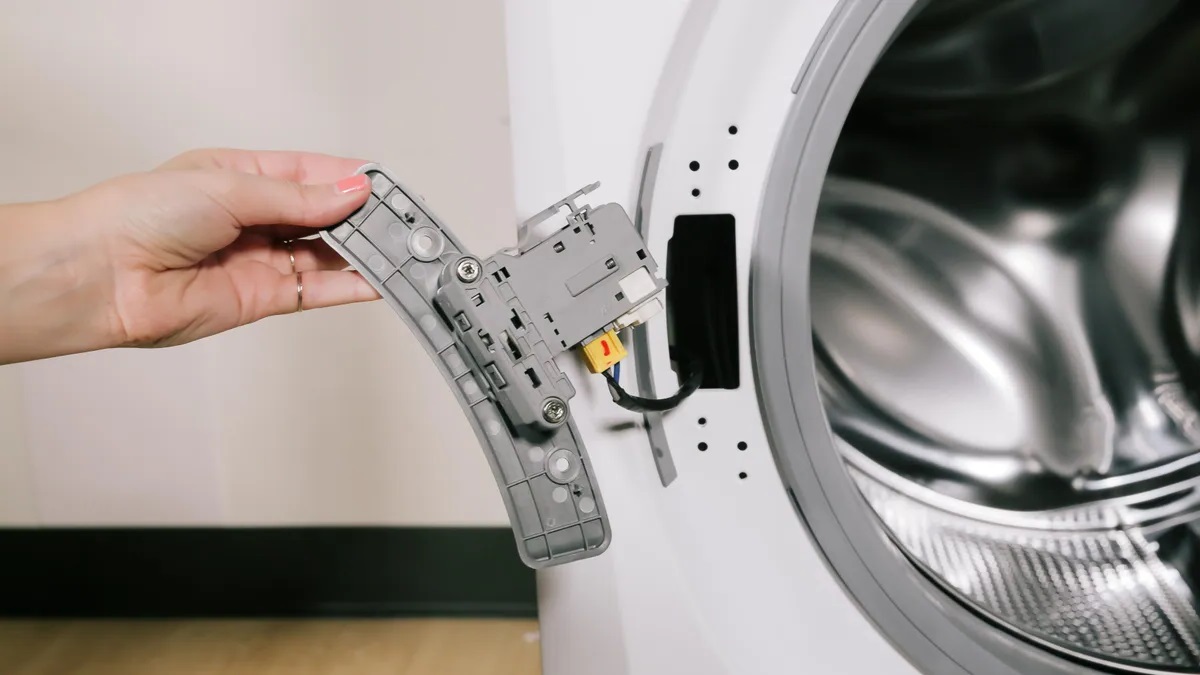

0 thoughts on “How To Pick A File Cabinet Lock”